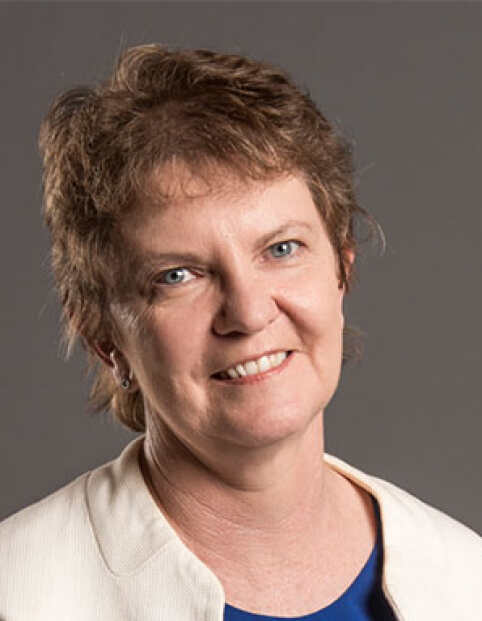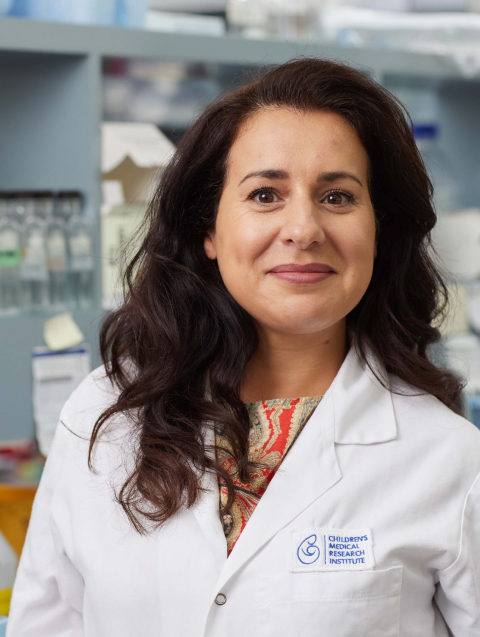Project Aim
To investigate the efficacy of sensory substitution devices (SSDs), and then to improve their function using novel software adaptations.
Project Results and Impact
Study 1: Identification of Mobility Goals Using the Canadian Occupational Performance Measure
We found that the most common goal in indoor mobility was to feel safe, whereas outdoor goals were more often about feeling confident and independent (with safety also scoring high).
Study 2: Online Survey of Mobility Use and Knowledge and Interest in SSDs
- Around half used a long cane as their primary mobility aid.
- The most problematic situations with mobility aids were crowded places, when stepping down steps and curbs, and when doing exercise.
- Around one-third of participants had used an SSD before, one-third had heard of them, and one-third had never heard of them.
- In general, people were more keen to try audio-based SSDs than body-worn tactile devices, but were also interested in smaller tactile devices, such as a vibrating wristband.
Study 3: Laboratory-Based Study of the VibroSight SSD (vision-to-tactile device)
Key aims of this study were to investigate whether the SSD and our software, enabled safer and more effective mobility and improved functional vision.
Results demonstrated that the SSD improved detection of obstacles, improved ability to detect faces at a distance of 1.5 to 1.8m away, and enabled augmentation of other senses (hearing, proprioception) to assist in everyday living tasks. Users reported enjoyment in using the device, including a sense of adventure and curiosity about their environment, a belief that the device could be used as a secondary aid for mobility (but unlikely to replace their long cane or guide dog). They also felt this device would be particularly useful in new and unfamiliar environments. We will now also use the software adaptations to assess other types of SSD.
Conclusion
Despite the challenges of the COVID-19 pandemic, the work has progressed well, and we are now planning further mobility trials with other SSDs. We are currently writing up all three studies for academic publication (anticipating three peer-reviewed publications from this work). In addition, PhD student Rui Jin will present the findings at the upcoming University of Melbourne Graduate Student conference. We have been able to forge a new industry collaboration this year with Bionic Vision Technologies (Sydney, Australia), enabling us to test the novel VibroSight SSD in our laboratory setup. This will hopefully lead to new industry opportunities in the future. We would like to take this opportunity to thank Retina Australia and the donors for making this work possible, and look forward to sharing more of this work in the future.
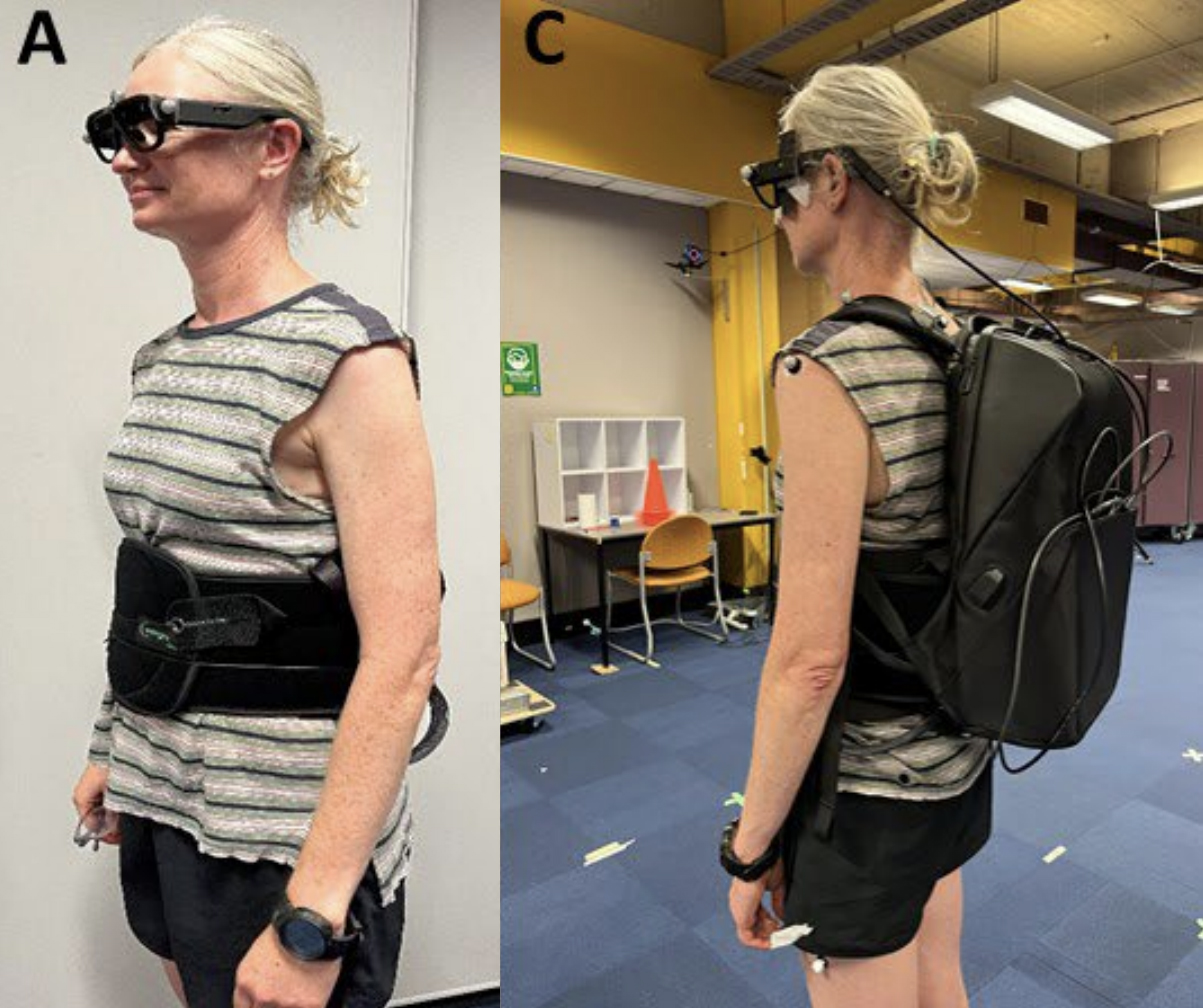
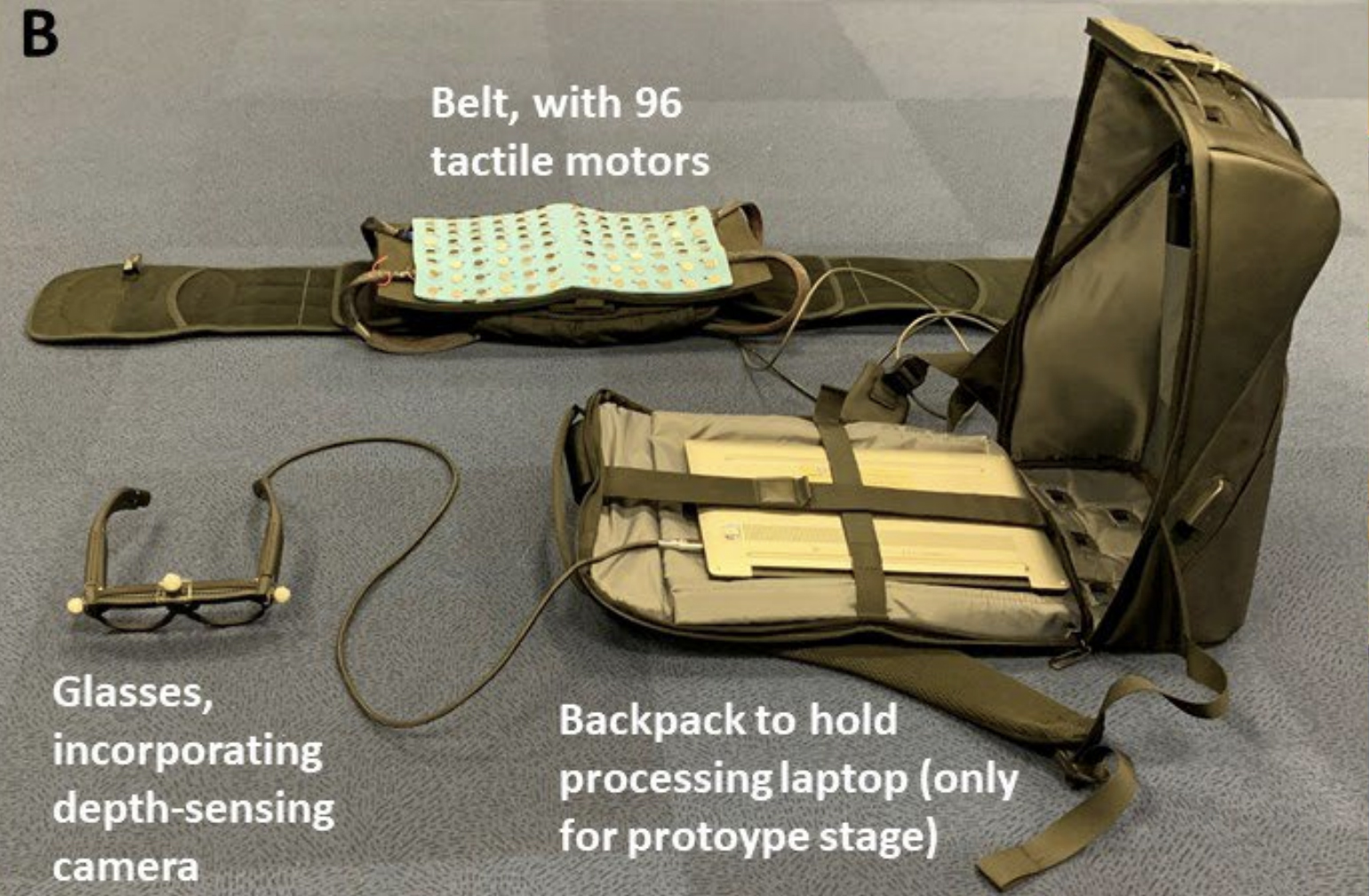
Sources
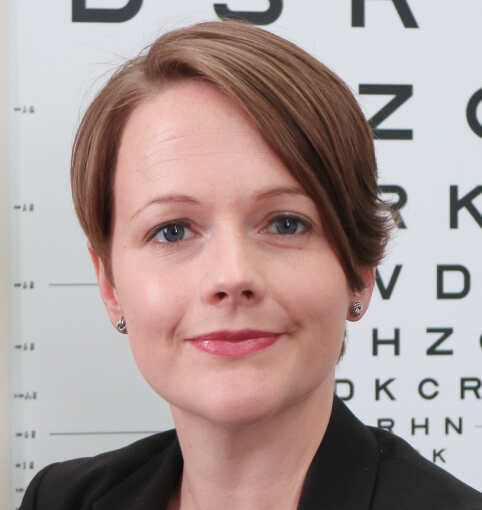
Chief investigator:
Associate Professor Lauren Ayton
University of Melbourne
Co-investigator/s:
Dr Matthew Petoe, Bionics Institute, Melbourne
Dr Chris McCarthy, Swinburne University, Melbourne
Associate Professor Jennifer McGinley, University of Melbourne
Grant awarded:
$40,643 (2021)
Research Impact Reports
Virtual Reality Assessment of Functional Vision in achromatopsia
Project Aim This project aimed to develop and validate a virtual reality (VR) mobility task...
Advancing Usher syndrome type 1B gene therapy with split intein
Project Aim Usher syndrome is the leading cause of combined hearing and vision loss worldwide....
Therapies for currently untreatable autosomal recessive IRDs
Project Aim This project aims to develop gene replacement therapies for autosomal recessive (AR) inherited...
Establishing novel AAV gene editing for Usher Syndrome
Project Aim The aim of this project was to establish proof-of-concept for a new type...



